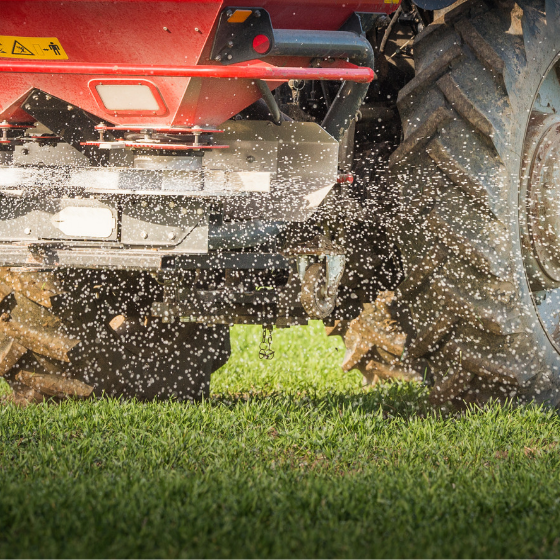
Ammonia
The presence of ammonia in water can be due to several sources. It can be from ammonium nitrate fertilisers, pig manure and crude sewage. It can also be found in discharges to rivers from coke manufacture, fertiliser manufacture and from the rubber industry.
Ammonia is sometimes added to the water at the treatment works. In the absence of ammonia, free residual chlorine is formed in the water as a result of chlorination. When ammonia is present it combines with chlorine to form chloramines (bound chlorine). Although chloramines are not as effective as disinfectants as free chlorine, ammonia is added to prevent the combination of chlorine with phenols to form strongly antiseptic tasting chlorophenols.
